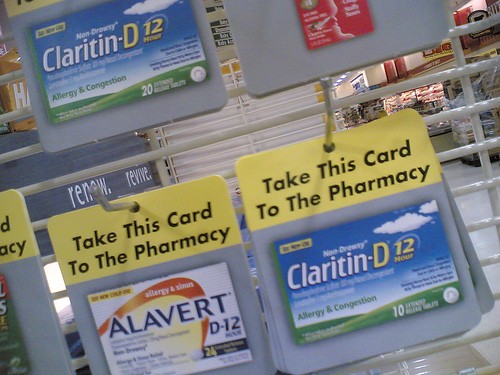Shake and Bake Meth Labs Circumvent Federal Restrictions on Cold Medications
It's known as shake and bake. It’s a new way to make methamphetamine that doesn’t require a lab set up or hard to find ingredients, and which allows meth users to cook up their own drugs in about 45 minutes.
A batch of meth used to be "cooked" over a period of days in dangerous clandestine laboratories using noxious and flammable chemicals and open fires. The old homegrown meth also required substantial quantities of pseudoephedrine, a medicinal ingredient found in cold medications.
Federal regulations on the sale of large quantities of pseudoephedrine led to a decrease a few years ago in domestic meth production, but now, with shake and bake meth making only requiring a few pills per batch, meth cooks circumvent federal controls on the sale of pseudoephedrine containing cold medications – and are back in business.
According to an Associated Press report, shake and bake meth has led to a sudden increase in Midwest meth arrests after years of consecutive declines.
Shake and bake cooking is also known as "one pot cooking" and it requires as little as a 2 liter plastic soda pop bottle for production. A few pills are mixed with some commonly available noxious chemicals, the mixture is shaken, and a chemical reaction produces powdered methamphetamine, with a toxic sludge byproduct.
Although the new method is easy, it's no less dangerous; shaking sets of a volatile chemical reaction that can easily lead to dangerous explosions. People have died while making shake and bake meth, and because the "cook" is holding the bottle when it explodes, burns tend to be severe.
"Every meth recipe is dangerous, but in this one, if you don't shake it just right, you can build up too much pressure, and the container can pop," said Mark Woodward, of the Oklahoma Bureau of Narcotics and Dangerous Drugs Control.
Meth makers will often toss the bottle after a cook. These bottles contain a toxic sludge that is very dangerous to handle. Authorities say that children, who tend to pick up "found" items, are particularly at risk from this toxic trash.


